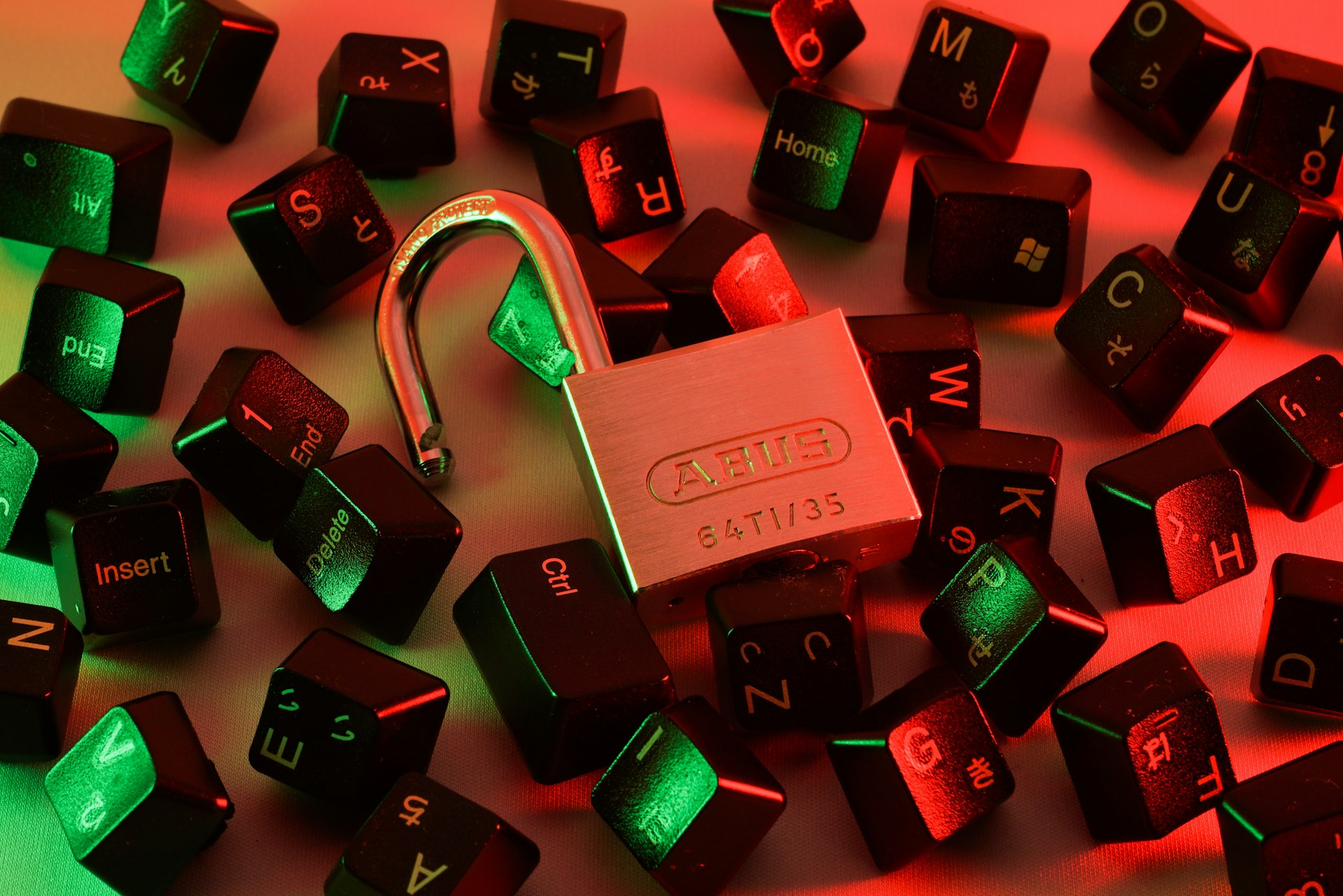Transforming Mobility: Breakthrough Electric Vehicle Battery Innovations for 2025 and Beyond

Photo by John Cameron on Unsplash
Introduction: The New Era of Electric Vehicle Battery Innovation
Electric vehicle (EV) battery technology is entering a phase of rapid transformation. Driven by consumer demand for greater range, faster charging, improved safety, and lower costs, major innovations in battery chemistry, materials, and management systems are set to redefine the automotive landscape. This article explores the latest breakthroughs, real-world applications, and actionable guidance for individuals and businesses looking to benefit from cutting-edge EV battery advancements.
Solid-State Batteries: Safety, Speed, and Longevity
Solid-state batteries represent one of the most anticipated advancements in EV technology. Unlike traditional lithium-ion batteries, which use liquid electrolytes, solid-state variants employ solid materials to transfer ions between electrodes. This change brings several compelling benefits:
Higher energy density enables vehicles to travel up to 50% farther per charge, dramatically expanding driving range. Enhanced safety comes from stable solid electrolytes, which reduce the risk of fire and thermal runaway. Faster charging is possible due to lower internal resistance, allowing more rapid energy transfer. Longer lifespan results from improved resistance to degradation over repeated cycles.
Major automakers like Toyota, BMW, and Hyundai are targeting commercial rollouts of solid-state battery vehicles between 2026 and 2028. While prototypes are already in testing, mass adoption depends on overcoming manufacturing and material cost challenges. To stay updated, consider following official announcements from these brands and searching for “solid-state EVs” on their verified websites [2] .
Aluminum-Ion Batteries: Cost-Efficiency and Ultra-Fast Charging
In a groundbreaking development, Tesla has announced the Super Aluminum-Ion Battery, set for mass deployment in 2025. This technology leverages aluminum and graphene-materials that are abundant, inexpensive, and highly conductive. The implications are profound:
Dramatic cost reduction: Production costs may fall to $10-$20 per kilowatt-hour, a steep decline from the $80-$100 typical for solid-state batteries. This could lower the price of EVs by up to 75% and speed adoption among consumers [1] . Ultra-fast charging: Aluminum-ion batteries promise full charges in as little as 10 minutes, overcoming the thermal and resistance limits of previous technologies. For comparison, even the best solid-state prototypes currently require 20 minutes under ideal conditions [1] . Abundant raw materials: Aluminum is ten times more abundant than lithium, helping avoid supply constraints and environmental pressures linked to rare earth mining.
If you’re interested in future purchasing opportunities or deployment timelines, monitor Tesla’s official channels and major automotive news sites for verified updates on aluminum-ion EVs.
Quasi-Solid and Sulfur-Substituted Battery Designs
Researchers at Doshisha University have developed a quasi-solid-state lithium-ion battery that blends non-flammable solid and liquid electrolytes to boost ionic conductivity and minimize fire risk. Laboratory data shows improved thermal stability and longer cycle life compared to conventional lithium-ion designs. This innovation bridges the gap between current lithium-ion and next-generation solid-state batteries, making safer and longer-lasting EVs a near-term reality [3] .
In parallel, sulfur-substituted batteries are gaining traction as an alternative to lithium-based chemistries. By replacing lithium with sulfur, these batteries promise higher energy storage and reduced reliance on rare metals. Companies and research institutions are actively piloting these designs. Interested parties can search for “lithium-sulfur EV batteries” through academic journals or specialized battery technology news platforms for the latest developments [3] .
Quantum Batteries: The Future of Ultra-Rapid Charging
Quantum batteries, which store and release energy using quantum states, could potentially revolutionize EV charging by offering speeds far beyond current capabilities. Recent research suggests that controlled quantum dephasing may allow batteries to charge nearly instantaneously. While this technology is still in its infancy and mostly theoretical, it signals a future where EV charging could take seconds rather than minutes [3] .
For those interested in tracking quantum battery advancements, monitor academic publications and technology conferences for pilot demonstrations and commercialization updates.
Smart Battery Management: Artificial Intelligence and Integrated Systems
Battery management systems (BMS) powered by artificial intelligence are now central to maximizing battery performance, safety, and lifespan. At CES 2025, companies showcased intelligent platforms capable of:
Analyzing usage patterns to predict energy needs and optimize charging. Reducing waste and promoting energy resilience through microgrid integration. Guaranteeing continuity during outages with vehicle-to-home and grid-tied applications [4] .

Photo by Erik Mclean on Unsplash
To explore these technologies, consider searching for “AI battery management systems” and visiting manufacturer websites for product demos and specification sheets.
Sodium-Ion and Paper-Based Batteries: Sustainability in Focus
Sodium-ion batteries are emerging as a sustainable alternative to lithium-ion, utilizing more abundant and environmentally friendly materials. While energy density is typically lower, these batteries offer cost savings and reduced environmental impact, making them attractive for entry-level EVs and energy storage.
Paper-based and organic batteries are also under development, aimed at providing biodegradable energy storage for lightweight vehicles and portable electronics. To learn more, search for “sodium-ion EV batteries” and “paper-based battery research” in online science repositories and energy technology publications [2] , [3] .
Record-Breaking EV Range: Pushing Beyond 3,000 Miles
Recent battery innovations have enabled electric vehicles to reach ranges exceeding 3,000 miles (4,800 km) per charge. These breakthroughs are reshaping consumer expectations and expanding the feasibility of long-distance travel without frequent charging stops. Companies pioneering these advancements are likely to announce new models and partnerships in the coming years. For up-to-date information, follow respected automotive news outlets and search for “long-range EV battery innovations” [5] .
How to Access and Benefit from EV Battery Innovations
Whether you are an individual buyer, fleet manager, or business leader, there are practical steps you can take to access the latest EV battery technologies:
- Monitor official automaker announcements for new vehicle releases featuring advanced batteries. Visit manufacturer websites and subscribe to their news feeds.
- Attend industry events such as CES, automotive expos, and technology conferences to see demonstrations and connect with innovators.
- Research local dealerships and authorized distributors for availability of vehicles with next-generation batteries.
- Consult with energy management and fleet services firms for guidance on integrating new battery technologies into your operations.
- Engage with academic labs and technology incubators to learn about pilot programs and early adoption opportunities.
If you encounter barriers-such as limited stock or regional availability-ask dealers about waitlists, special orders, or alternative models with similar features.
Challenges and Solutions for Battery Innovation Adoption
Despite the promise of new battery technologies, several obstacles remain:
Manufacturing scale: Many innovations are in prototype or early production stages. Widespread commercial availability may lag initial announcements. Material sourcing: Transitioning to new materials (like sodium or sulfur) requires supply chain adjustments and regulatory approvals. Infrastructure compatibility: Fast-charging technologies may require upgraded charging stations or home power systems.
To address these challenges, industry leaders are investing in pilot programs, forming strategic partnerships, and working with regulatory agencies to streamline approvals. For individuals and businesses, staying informed and maintaining flexibility in product selection will be key to leveraging the latest advancements.
Alternative Pathways and Next Steps
If your primary interest is in sustainability or cost reduction, consider exploring alternative battery chemistries such as sodium-ion and paper-based designs. If performance and range are priorities, focus on solid-state or aluminum-ion technologies. For those seeking immediate access, hybrid approaches-like quasi-solid batteries-may offer the best balance of safety, longevity, and availability.
To find the most current information, use targeted search terms (e.g., “2025 EV battery breakthroughs,” “solid-state battery EV models,” “AI battery management for vehicles”) and consult official sources and industry news regularly.
References
- [1] WEST TECH (2025). End of Lithium! Elon Musk Announces 2025 Tesla Super Aluminum-Ion Battery For The Masses.
- [2] GreenCars (2025). The Future of EV Batteries: What’s Next?
- [3] R&D World (2025). Battery Buzz: 5 Breakthroughs to Watch in 2025.
- [4] Battery Technology Online (2025). 8 Cutting-Edge Battery Technologies at CES 2025.
- [5] Team-BHP (2025). New battery innovation pushes EV range to over 3000 miles (4,800 km).



